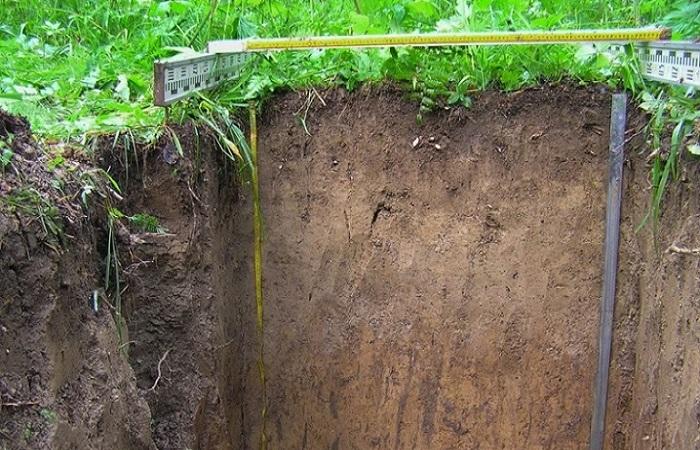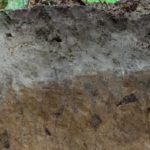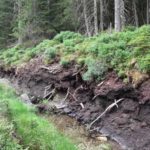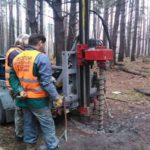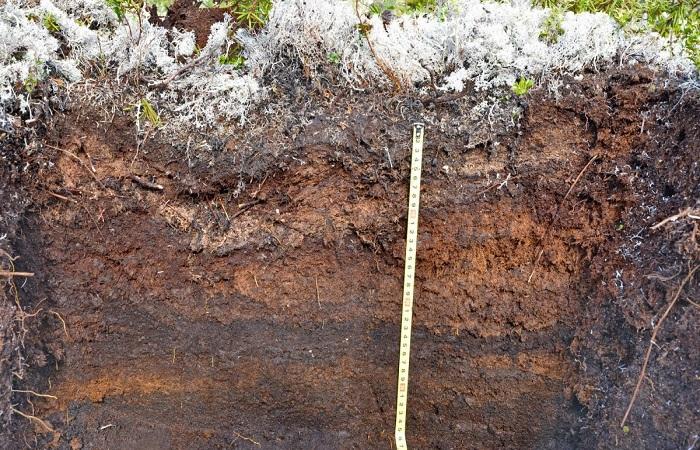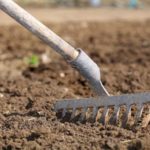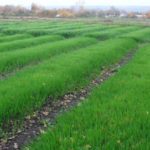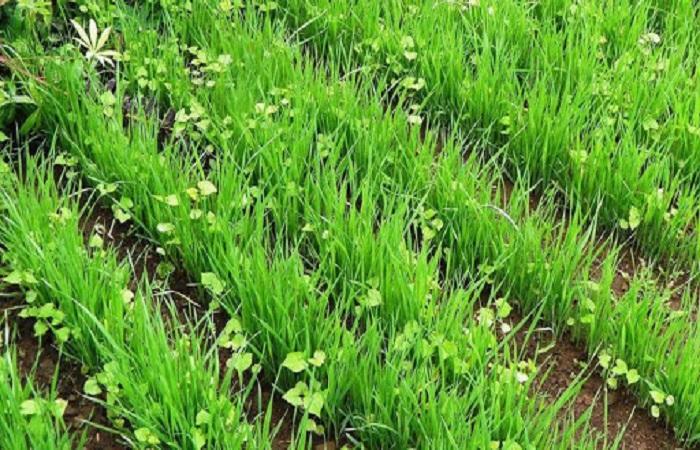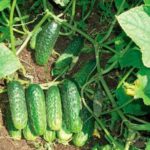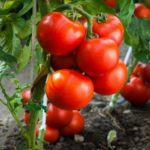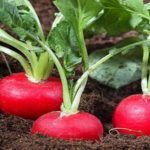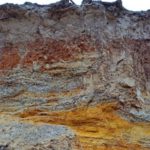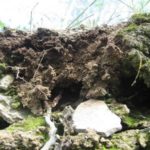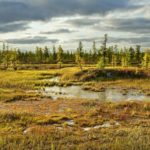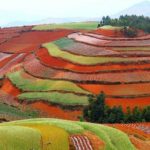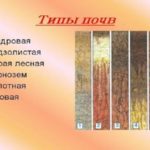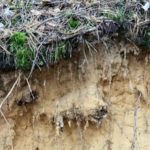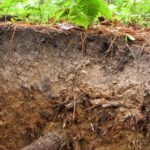On the territory of Russia there are soils of different types, with their own structure, properties, and level of fertility, which are influenced by formation factors. Let's consider the characteristics of soddy-podzolic soils, how they are formed, mechanical composition and structure, humus content. What properties do these soils have, classification, rules of processing and application, vegetation characteristic of these soils.
What are soddy-podzolic soils?
The geographic location of soddy-podzolic soils is the southern part of the forest zone of the East European Plain and West Siberian Plain. This is approximately half the territory of Belarus, 15% of the territory of Russia and 12% of the territory of Ukraine (northwest). Soddy-podzolic soils are formed in the natural zone of deciduous forests.
The location also explains the climatic conditions in which the soils are formed and found. They form in areas where groundwater lies deep, on rocks of different mechanical composition. The formation involves a moderately humid and warm climate, the processes of sod and podzolization, which take place simultaneously. Climatic conditions and formation processes determine the characteristics of soddy-podzolic soils.
The theory of the formation of these soils
The structure of the soil profile of soddy-podzolic soils is as follows: the top layer is forest litter (sod) 3-5 cm thick, under which there is a humus-eluvial horizon of a characteristic gray color. It is followed by a podzolic or eluvial horizon, structureless or with a weak structure, whose color resembles ash. This feature distinguishes soils of this type from all others.
The podzolic layer is whitish, 15-20 cm thick. Even lower is a brown or reddish-brown layer, which passes into the parent rock from which soil formation began. The humus content is quite high - 3-7%; according to this indicator, soddy-podzolic soils are in first place among podzolic soils.
Based on the level of podzolization, soils are divided into weakly podzolic, medium podzolic and strongly podzolic.Soil formation conditions, humidity and temperature, vegetation cover, different activity of microorganisms also determine different humus content in the upper horizon; if there is 1-2% humus, then the soil is low-humus; if it is 2-4%, then it is medium-humus; if it is more than 4%, then it is highly humus.
The mechanical composition of soils of this type is different; they are formed on clays and heavy loams, loess, sandy loam and sand, moraine and loess-like loams.
Structure and properties
The properties of soils of this type depend on how pronounced the processes of podzolization and soddening are and on the thickness of the corresponding horizons. In general, soddy-podzolic soils are not very fertile; only the top layer is quite humus, moisture-absorbing, and more structured. Fertility increases with cultivation. Economic soddy-podzolic soils have different characteristics and even profile structure.
Uncultivated soils, which are common in forests, contain few nutrients, have an acidic and strongly acidic reaction, are slightly saturated with bases (50-70%), humus consists mainly of fulvic acids, the structure is not water-resistant, and can float after precipitation. Plowed and cultivated soddy-podzolic lands have a arable layer thickness of 30-40 cm and contain more than 3% humus. They have a fine-lumpy structure, an almost neutral reaction, and base saturation reaches 80-90%.
Classification
Soddy-podzolic soils are divided into typical and gley soils. The former occupy almost 1.5% of the territory of Russia, the latter – 0.1%.
Typical
They are found in the southern taiga and forest-steppe, forming on loose sandy loam soils and sands, under pine forests. The humus horizon is 3-15 cm thick, the podzolic horizon is 2-30 cm. The soil reaction is acidic or strongly acidic, the soil is not saturated with bases.The amount of humus varies from 0.5 to 5%, on average 1-1.5%, consists of fulvic compounds. Typical soils are mostly structureless and hold water poorly but drain water well.
Gley
They are found in the southern taiga, in depressions or on flat plains with poor drainage and temporary stagnation of moisture on the surface. The formation of gley soils takes place under mixed forests with moss and herbaceous vegetation, often in swampy conditions. The underlying rocks have a heavy composition. Profile: turf 5-6 cm thick, humus layer 10-20 cm thick, steel-gray hue, gleyish gray-whitish with rusty inclusions, followed by a textured gleyed horizon of brown color with spots of bluish and ocher color.
Gley soddy-podzolic soils are acidic or slightly acidic, and in the upper layers they are not saturated with bases. Fulvic type humus, percentage – 3-5%.
Treatment
The fertility of this type of land is increased by using the following agrotechnical techniques: liming to reduce acidity, applying increased doses of organic matter and mineral fertilizers, sowing and incorporation of green manure. Fertility and productivity are increased by deepening the arable layer and regulating the water regime. The complex of works leads to a noticeable change in soil regimes and morphological characteristics accompanying soil cultivation.
The processing features depend on the mechanical composition. Optimal moisture conditions for medium-loamy soils. Plants planted on clay will suffer from an excess of moisture, on sandy plants - from a deficiency.For land with different mechanical composition, cultivation methods will be different, but the main one is the application of manure, compost, peat manure mixtures in an average amount of 3 kg per square meter. m, in the first seasons - 4-6 kg. Organics improve water properties, loosen clay ones, and make sandy ones more water-retaining.
Organic matter can be replaced by perennials (clover with cereals) or green manure grasses, the mowed mass of which is laid on the surface of the soil. After overheating and digging, organic substances remain in the ground, the volume of which is equivalent to 3-4 kg of good quality manure.
On soil with a light composition, mainly legumes and phacelia are sown. Sowing is carried out after harvesting potatoes and early vegetables; in the fall they are mowed and buried. Green manure improves the structure of the soil, makes sandy soil cohesive, and clayey soil loose.
If the arable land is no longer used and is overgrown with forest, then the arable layer gradually transforms into a podzolic layer 5-7 cm thick.
Application
Despite the fact that this type of land does not have the best physical properties and low fertility indicators, it can be used in agriculture for growing crops. In the first place in economic use is the cultivation of grain and use as pastures for livestock and hayfields.
Ornamental crops, fruits and vegetables grow on such land only with constant application of fertilizers, liming, and loosening.After refining, root vegetables, radishes, lettuce, legumes, tomatoes, onions, and cucumbers grow on the soddy-podzolic soil.
Plants
Vegetation on this type of soil is mainly represented by deciduous trees: oak, linden, aspen, maple, birch, hazel, and spruce. Shrubs grow between the trees: buckthorn, hazel, euonymus, wild currant, viburnum. Despite the low soil fertility, herbaceous vegetation also grows on them.

